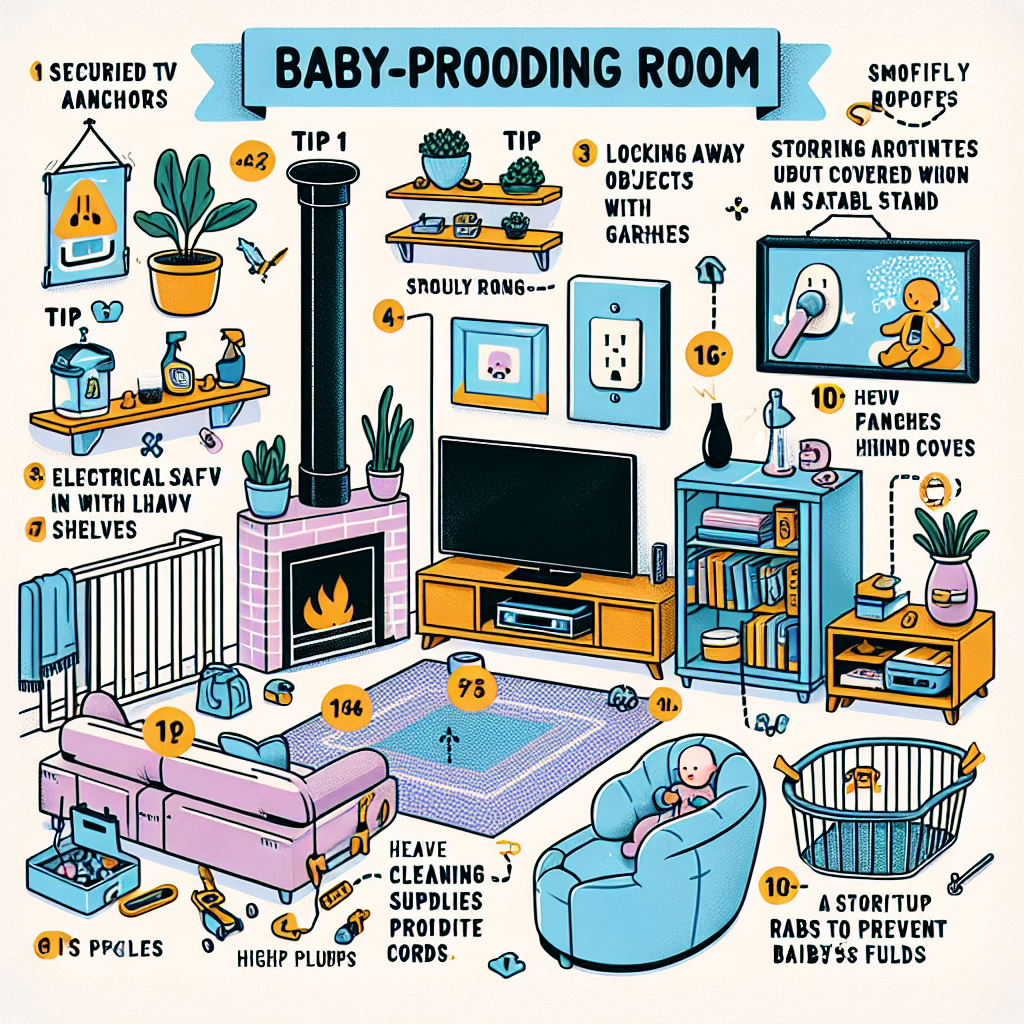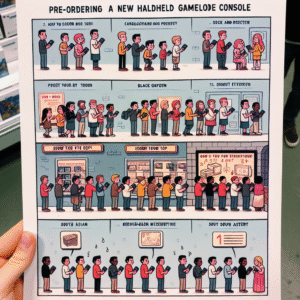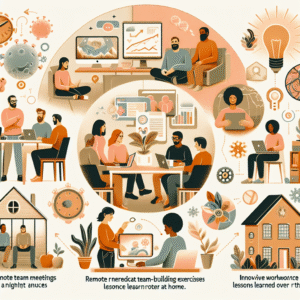Top 10 Tips for Baby-Proofing Your Living Room

Top 10 Tips for Baby-Proofing Your Living Room
Your baby’s growing curiosity is a joy to witness, but it also means your living room can quickly become a minefield of hidden hazards. Fortunately, with a little foresight and planning, you can transform your family gathering space into a safe haven for your little explorer. Here are our top 10 tips for baby-proofing your living room, so you can relax and enjoy playtime without worry.
1. Cover Electrical Outlets
Babies love to investigate new things, and electrical outlets are particularly fascinating at floor level. Slide in outlet covers or use outlet plates that automatically close when not in use. Make sure all outlets, including those behind furniture, are properly secured to avoid any potential shocks.
2. Cushion Sharp Corners and Edges
Coffee tables, TV stands, and fireplace hearths often have sharp corners at just the right height for tumbling toddlers. Use soft corner guards and edge bumpers on furniture and hearths to minimize bumps and bruises.
3. Secure Furniture to the Wall
As babies learn to pull up and stand, heavy furniture like bookshelves, cabinets, and TV stands can tip over. Use anti-tip straps or brackets to anchor furniture securely to wall studs, preventing dangerous accidents.
4. Keep Cords Out of Reach
Blind cords, charging cables, and electrical wires pose serious strangulation and tripping hazards. Use cord winders, covers, or clips to keep cords bundled and out of your child’s reach. Consider cordless blinds or install cleats to tie up loose strings high on the wall.
5. Install Baby Gates
If your living room opens onto stairs or other unsupervised spaces, install safety gates at exits and stairways. Opt for hardware-mounted gates for maximum security and check them regularly to ensure they’re tightly fixed.
6. Remove or Relocate Breakables
Fragile decor, picture frames, vases, and electronics within easy reach should be relocated to higher shelves or storage. Consider swapping glass coffee tables for solid or soft-sided options until your child is older.
7. Lock Cabinets and Drawers
Install childproof latches on any accessible cabinets and drawers, especially those that might contain remote controls, batteries, alcohol, or small objects. Magnetic or adhesive locks are effective and easy to install.
8. Use Non-Slip Rugs and Mats
Rugs that slide easily are a slipping hazard for wobbly walkers. Place gripper pads or non-slip mats under all area rugs, and remove any runners that bunch up or create tripping hazards.
9. Block Fireplaces and Heaters
Fireplaces and portable heaters are enticing – but dangerous – for babies. Use protective barriers or fireplace gates to keep little hands at a safe distance. Ensure heaters are unplugged and out of reach when not in use.
10. Create a Baby-Safe Play Zone
Designate a portion of your living room as a play area, using foam mats or soft carpeting for comfort and protection. Fill it with age-appropriate toys and books, offering your baby a safe place to explore while you supervise.
Final Thoughts
Baby-proofing is an ongoing process as your child grows and becomes more mobile, so regular safety sweeps are essential. With these 10 actionable tips, you’ll be well on your way to creating a safer, more peaceful living room for the whole family to enjoy. Happy baby-proofing!
* The post is written by AI and may contain inaccuracies.




